Much More to Fletcher’s Dock Than Meets the Eye
by Steve Reynolds
As reported in my article titled The Dunnikier Slip (& Its Links With The City Of Adelaide) (published in our April 2008 Newsletter), Henry Fletcher built a slipway at Birkenhead between 1849 and 1851. As explained in my article, “In the 1880s, Henry Fletcher began to excavate a graving dock (dry dock) on the western side of his Dunnikier slipway.” The graving dock site was situated on the western side of the Dunnikier Slip site, with a small piece of land between the two.
Fletcher’s Dock, looking towards Fletcher’s Dunnikier Slip
Due to many problems, however, the excavation work for the graving dock stopped and was never completed. Low high tides and the lack of bedrock for a base in the river both apparently made it impossible to build a graving dock along the Port. The dock had been almost completed, to the point where the end gates were about to be installed. It was, however, abandoned around 1896.
The site then became a popular swimming spot and it was used for several swimming competitions. It was later used for a dock as part of the Glanville Dockyards complex and it became known as Fletcher’s Dock.
The dock still exists today. I often drove past it on Semaphore Road and would think that it is a beautiful location. I was later able to kayak within the dock. Whilst discussing Port River snorkelling sites with Dan Monceaux, I suggested the dock as being one of the sites that I wanted to try. We were able do that in September 2018.
Actually, I did a scuba dive whilst Dan snorkelled there. My dive lasted some 74 minutes and my maximum depth was 5.5m. I described the visibility at the time as being ‘fair’. The temperature was a coolish 16°C. I, myself, entered the water via a ladder there and I swam along the river bed around the Semaphore Road end of the dock. (I was calling it a canal at the time. I hadn’t realised at this stage that the site was the dock that I had written about ten years earlier.)
My entry point
I swam around the end of the dock until I surfaced at the opposite side, across from my entry ladder. I then swam underwater across the dock and back to the ladder to make my exit. I had taken a camera on the dive with me. I saw many opisthobranchs and ascidians. Other sightings included sponges, fan worms, ornate cowfish, congollis and a crab.
Dan and I returned to the dock at the end of the month so that I could collect several opisthobranch specimens for the SA Museum. This dive lasted about 50 minutes and the temperature had shot up to 17°C. My maximum depth for this dive was 4.9m.
My second entry into Fletcher’s Dock to collect specimens
(Photo taken by Dan Monceaux)
I had worked out by this time that the site was actually Fletcher’s Dock, partially due to this old photograph that I found: –
I also now see that I had reviewed my first article in Fletcher’s Slip in May 2018.
My interest in the Fletcher’s Dock site has now been renewed by Dan Monceaux’s discovery of Anadara trapezia in the Port River. It is commonly called the Sydney cockle. Dan was keen to find out more about the species and, after discussing it with my dive buddy Allan Horsfall, he arranged for me to borrow “Quaternary Molluscs of South Australia” by NH Ludbrook from Allan.
I first scanned several pages of the book to send to Dan. Before I could return the book to Allan, I took a bit of a look at it myself. I will leave it to Dan to discuss Anadara trapezia in more detail, but I wish to pass on some details from the book relating to Fletcher’s Dock.
Nelly Hooper Ludbrook’s book discusses the Glanville Formation from the late Pleistocene. Ludbrook says that species such as Anadara trapezia that have been found in shelly beds “are inhabitants of warmer seas and are not now living in South Australia.”
Ludbrook goes on to state that in 1888 “Howchin described a section excavated at Glanville for a new graving dock in which an older sea bed with Anadara trapezia ….. and a younger sea bed were exposed”.
(Howchin is W.Howchin, author of many books including “The Geology of South Australia”. In 1888, Howchin wrote “Notes on the discovery at the new graving dock, Glanville, with special reference to a supposed old land surface now below sea level” (Trans. Royal Society of South Australia 10:31-35.)
Ludbrook’s book later states that in 1935, “Howchin published notes on the sections and faunas in several bores west of Adelaide including the Glanville (Government) Bore. He assumed that, from its proximity to Fletcher’s Dock, the first 17 m passed through the section in Fletcher’s Dock, although the amount of material he had was very limited.”
It seems that the Glanville Formation is an “older raised sea-bed with many shells locally extinct” and “The name is derived from the suburb of Glanville where the original section described by Howchin (1888) is located”.
Ludbrook is said to have “published a photograph of and commentary on Fletcher’s Dock during excavation as it was seen by Howchin before being flooded”.
It seems that there is much more to Fletcher’s Dock than meets the eye. The area is now being developed for housing by Cedar Woods, as part of its Fletcher’s Slip estate – see below: –
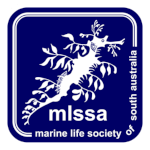

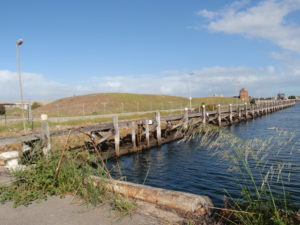
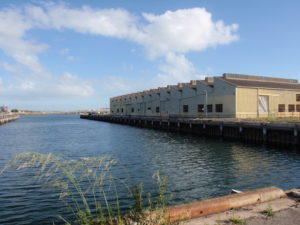
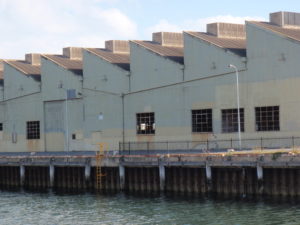
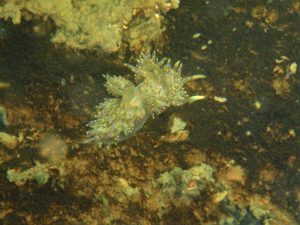
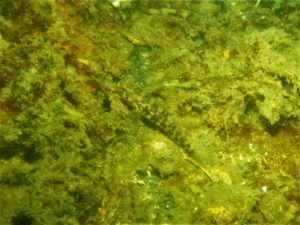
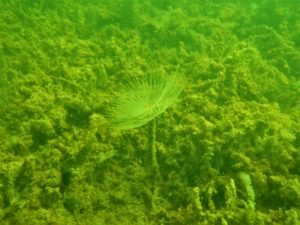
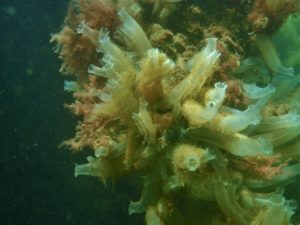
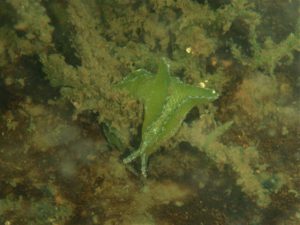
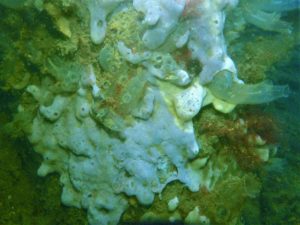


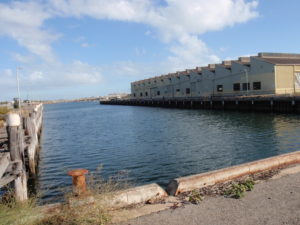
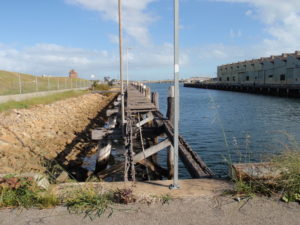
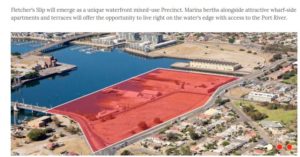
According to “Geomorphological evolution of the River Murray estuary, South Australia”, reworked valves of the late Pleistocene Sydney cockle Anadara trapezia, (are) an indicator of the Last Interglacial Maximum in southern Australia (Murray- Wallace et al. 2001).”